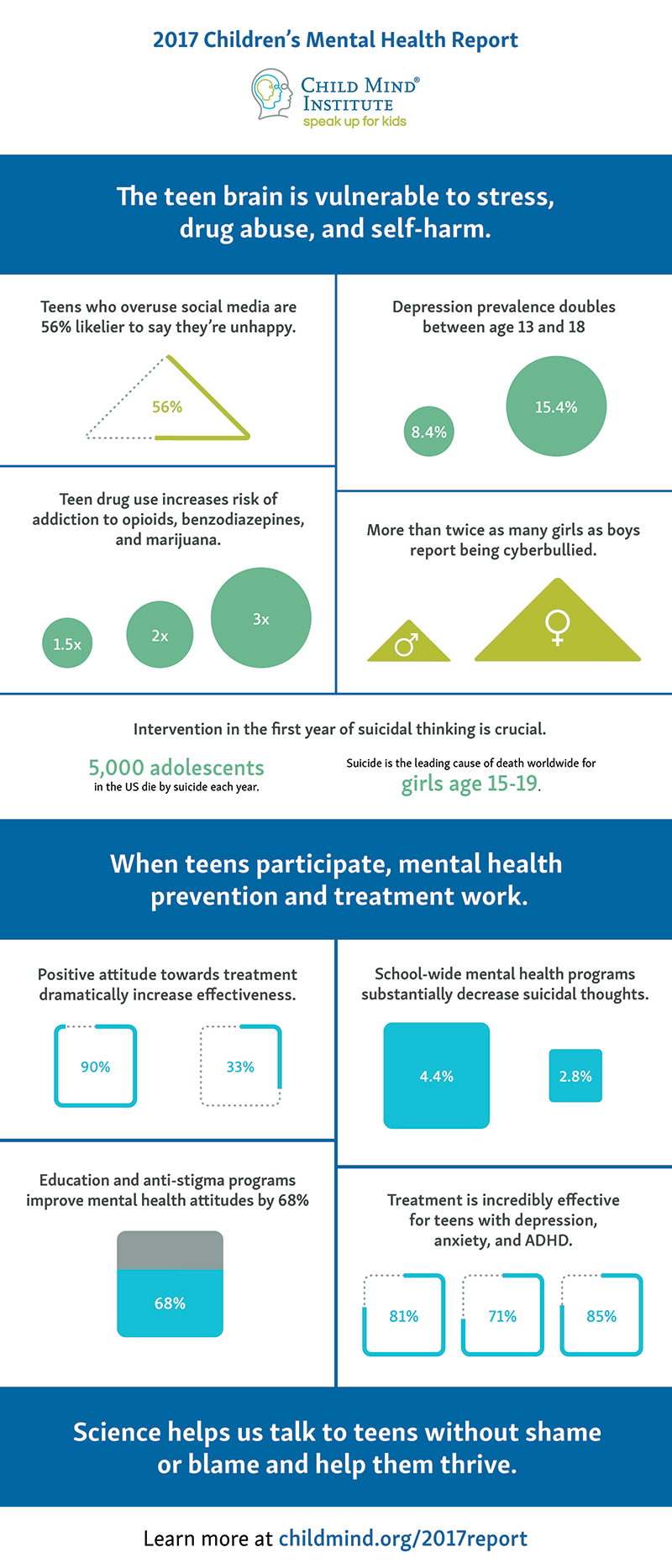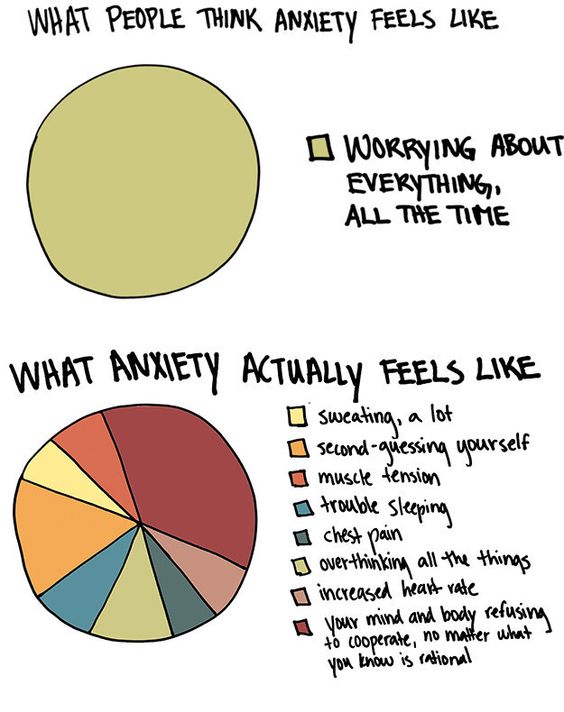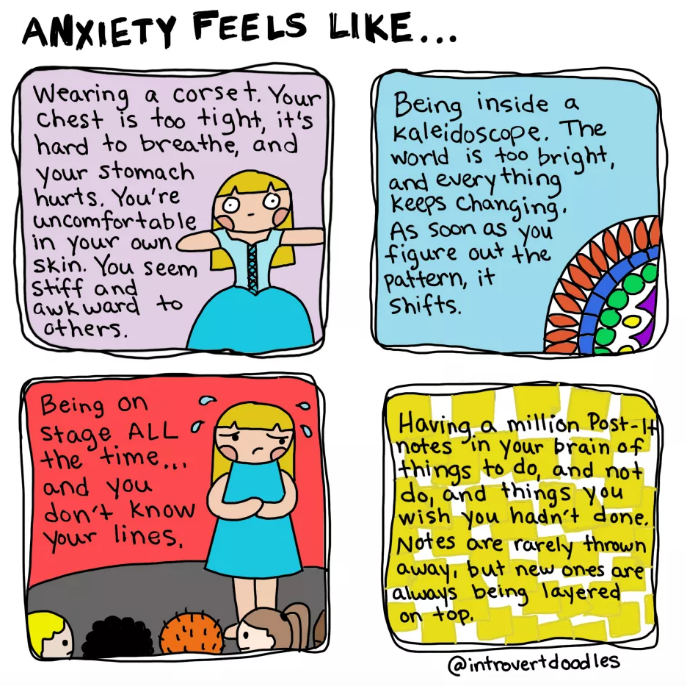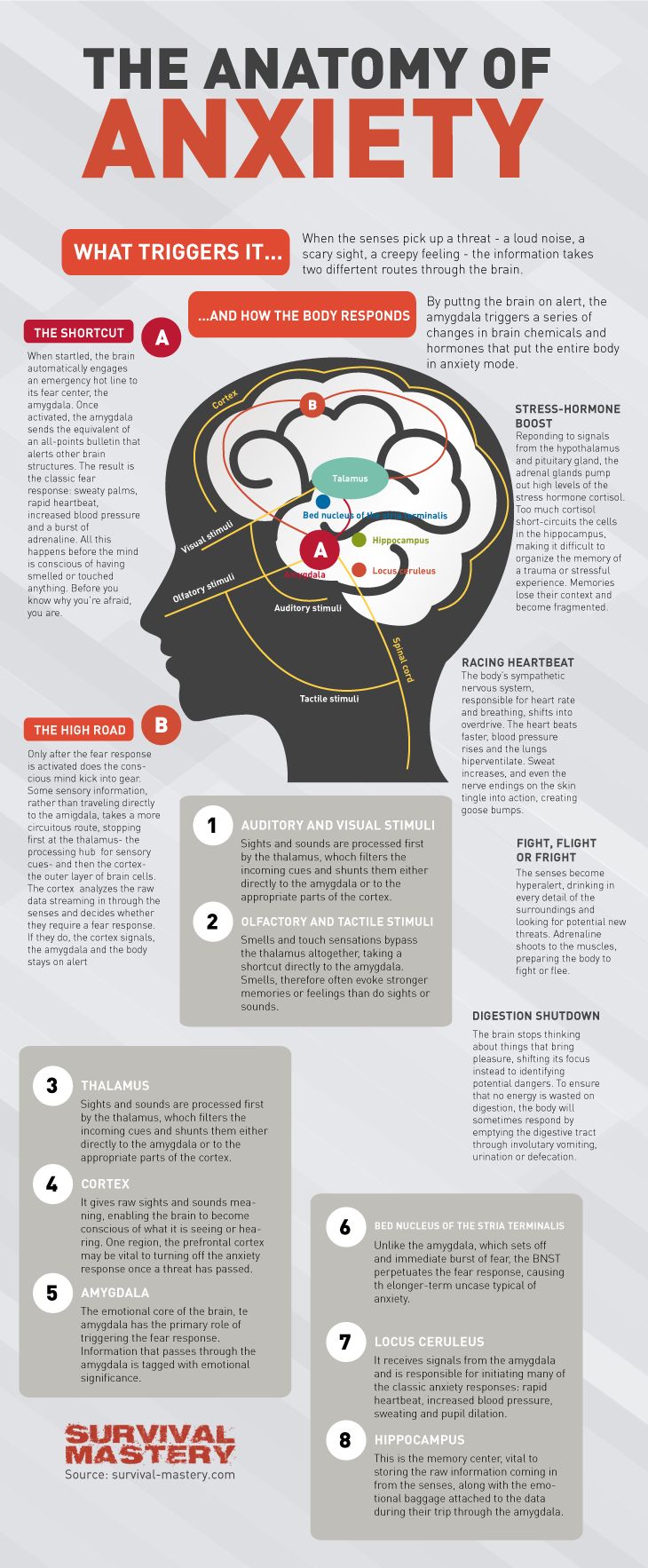According to research, about 1 in 5 people may experience mental health concerns during their adolescence. If not addressed, this can lead to negative outcomes in their development, academics and mental wellness. In an effort to improve mental health awareness Canada implemented a curriculum resource, The Mental Health and High School Curriculum Guide (The Guide). The first version was released in 2008, and is currently in it’s 3rd version. Stan Kutcher and his team, share their 2016 findings in the Canadian Journal of Psychology, where they evaluate the efficacy of the curriculum. The curriculum was taught by classroom teachers in secondary schools. It covered student’s knowledge and attitudes related to mental health and mental illnesses. The study looked at the impact of curriculum and resource applications through surveys provided pre-curriculum, post-curriculum and 2 months post-curriculum.
The Guide is a web based Mental Health Literacy curriculum developed by mental and education experts, certified by the Curriculum Services Canada, a pan-Canadian curriculum and standards and evaluation agency and is endorsed by the Canadian Association for School Health. The guide was field tested and includes 6 modules on: the stigma of mental disorders and treatments, experiences of mental illness, seeking help and finding support, and the importance of positive mental health. It was developed to integrate into the current health curriculum and takes about 10-12 classroom hours.
The study shows the curriculum embedded in the usual school setting is an effective way to improve mental health literacy in young people. The guide raises awareness by providing knowledge, resources and decreasing stigma around mental illnesses. This is especially of concern for adolescents, since mental illnesses show onset during adolescence and can be recognized by age 25.
Below are points raised by the study.
Some clinician implications:
- Increased Mental Health Literacy in school settings may encourage young people to to seek help from Mental Health Care providers
- Embedding Mental Health Literacy interventions in schools may enable and empower teachers and students to have better communications with Mental Health Care providers
Some limitations:
- Further research using control groups is needed
- Further validation of the measurement tools used in our study is needed
In reviewing American journals, there is very little evaluation literature on the mental health education in public schools, although there is a hint of their potential impact. ”Research into school-based mental health literacy is still in its infancy and there is insufficient evidence to claim for positive impact of school mental health literacy programs on knowledge improvement, attitudinal change or help-seeking behavior. Future research should focus on methods to appropriately determine the evidence of effectiveness on school-based mental health literacy programs, considering the values of both RCTs and other research designs in this approach. Educators should consider the strengths and weaknesses of current mental health literacy programs to inform decisions regarding possible implementation.”
Education policy advocates in England recognize the value of including mental health awareness as part of the standard academic education and are bringing it into their public discussion.
Teachers training materials for the Mental Health & High School Curriculum is free and available for download:
http://teenmentalhealth.org/product/mental-health-high-school-curriculum/
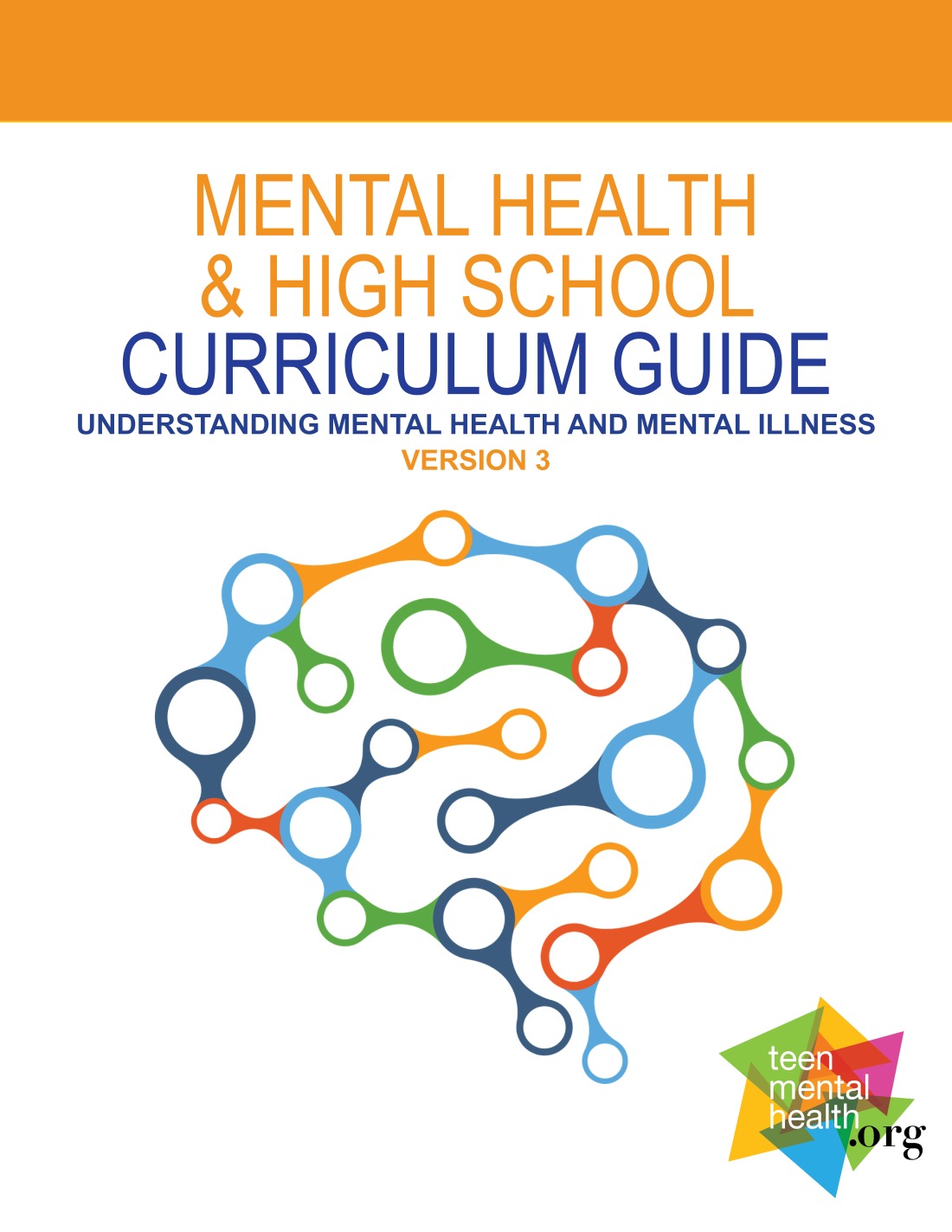
For more information please visit:
https://www.ncbi.nlm.nih.gov/pmc/articles/PMC4679167/pdf/cjp-2015-vol60-dec2015-580-586.pdf
http://teenmentalhealth.org/product/mental-health-high-school-curriculum/


